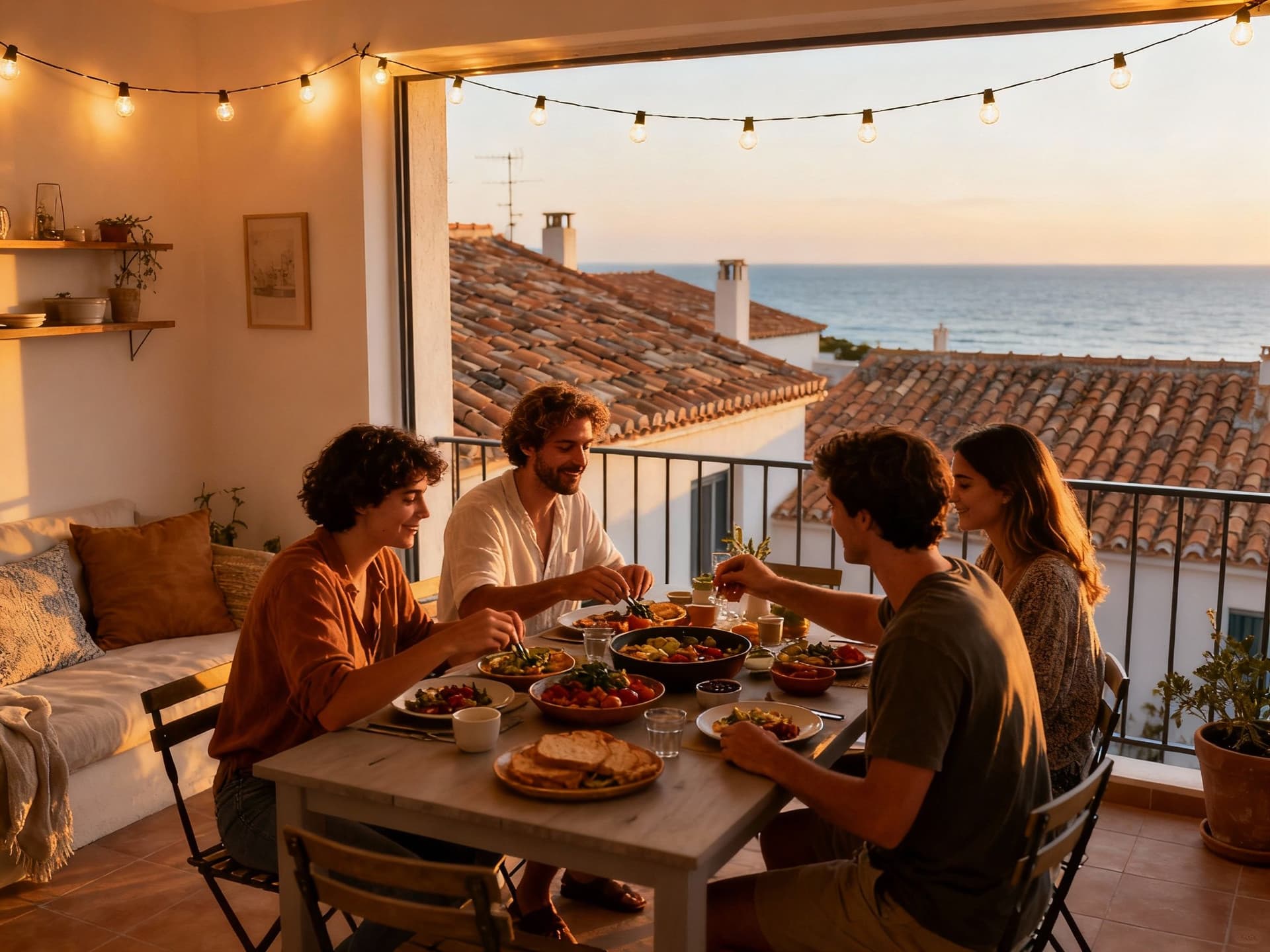Croatia: Seasonal, Tax and Scenario Risks for Investors
Croatia’s coastal charm masks material seasonal and tax risks; use scenario-based sensitivity analysis, local legal checks, and stress-tested budgets to protect net yields and lifestyle value.
Imagine sipping espresso at a pavement table in Split, the sea smelling of salt and grilled fish while a property manager quotes seasonal turnover and net yield — Croatia’s coastal towns deliver a Mediterranean rhythm, but beneath the charm are measurable risks that change returns.
Living Croatia: atmosphere, daily rhythms and neighbourhood character

Day-to-day life alternates between quiet mornings in inland towns and congested summer weeks on the Adriatic; house price indices rose 2.4% quarter-on-quarter in Q3 2024, with the coast accelerating faster than Zagreb — a reminder that lifestyle frequency (seasonal tourism) directly affects cashflow predictability.
Coast: Split, Dubrovnik and Istria — seasonal peaks, short-term demand
On the coast, cafes open for fifteen-hour summer days and apartments convert into short-term rentals; average asking prices per square metre in tourist counties (Istria, Split-Dalmatia, Dubrovnik-Neretva) are materially higher than inland figures. That premium buys occupancy upside but raises vacancy and regulatory risk outside season.
Inland & Zagreb: steadier year-round demand, different tenant profiles
Zagreb and inland cities present a more diverse rental base (students, professionals, long-stay families). Average national prices vary significantly — Investropa reports national averages near €2,800–€2,900/m² in 2025 — so location choice governs both yield and volatility.
Making the move: how lifestyle choices map to investment risks

Romantic seaside living and investor returns intersect through taxes, seasonality and regulation. Recent policy proposals to shift tax burdens toward property owners and discourage short-term vacancy can materially change net yields — factor tax scenarios into forward yield estimates rather than relying on historical gross yields.
Property types and how they affect returns
Small coastal apartments: high headline rents in summer, low winter occupancy; expect 4–6 month effective annual occupancy for unmanaged units. City flats in Zagreb: steadier monthly income with lower peak rates but longer leases. Houses and renovated stone properties: higher capital costs and maintenance, but potentially stronger long-term appreciation in heritage zones.
Working with local experts who understand both lifestyle and rules
Foreign buyers must navigate reciprocity rules and Ministry of Justice procedures; local agents and lawyers translate lifestyle aims into compliant purchase structures. An agency that understands short-term rental licensing, local utility costs and seasonal estate management materially reduces operational surprises.
Insider knowledge: risks, sensitivity scenarios and practical mitigations
Real returns depend on three variables: price (entry valuation), net rental income (after costs), and regulatory/tax changes. Use scenario analysis: base (current rents, current taxes), downside (10–20% occupancy drop or new property taxes), upside (modest rent growth and improved occupancy).
Key risk drivers to model
Seasonality (occupancy concentration in summer); Local tax changes (property tax or short-term rental rules); Currency and macro (inflation and Croatian euro adoption effects on costs); Maintenance & uplift costs (stone houses, coastal humidity); Legal/ownership approvals for foreigners.
Suggested sensitivity checks (practical)
Run 4 scenarios: 1) Current: observed rents, current tax rules; 2) Tax shock: add €0.6–€8/m² property tax on unused/seasonal units; 3) Demand shock: -20% peak-season bookings; 4) Cost shock: +15% maintenance/energy costs. Compare net yields and payback periods under each.
Practical mitigations that preserve lifestyle and returns
1. Prioritise properties with dual-use potential (long-stay demand off-season). 2. Insist on detailed operating budgets including seasonal vacancy. 3. Structure ownership for tax efficiency with local legal advice. 4. Secure local property managers with winter occupancy strategies. 5. Price stress-tested offers, not emotional bids.
What expats wish they'd known: cultural and seasonal realities
Croatia rewards those who adapt: learning basic Croatian opens neighbourhood doors, winter months reveal a quieter and more local side of towns, and festivals (e.g., Dubrovnik Summer Festival) inflate short-term demand. Long-term residents balance sun-driven summers with community-oriented winters.
Integration, community and daily life
Expect small-town rhythms: morning market visits, coffee culture centred on neighbourhood squares, and tight community networks. For investors, that means assessing local services (medical, transport) as part of habitability and tenant appeal, not just proximity to the sea.
Long-term view: when lifestyle and investment align
If you plan to occupy partially and let selectively, prioritise properties with durable construction, good winter heating and flexible layouts. Over a 5–10 year horizon, coastlines with controlled supply and strong tourism infrastructure are likeliest to deliver both lifestyle value and capital appreciation — provided taxes and regulations are stress-tested first.
Conclusion: Croatia offers a vivid lifestyle and real investment potential, but measurable risks matter. Start with scenario modelling, verify regulatory exposures (ownership approvals, property taxes), and partner with local legal and management teams who translate seaside ambiance into reliable cashflow. Then picture that espresso again — now priced into a defensible investment plan.
Norwegian market analyst who relocated from Oslo to Mallorca in 2016, guiding Northern buyers through regulatory risk, currency hedging, and rentability.


